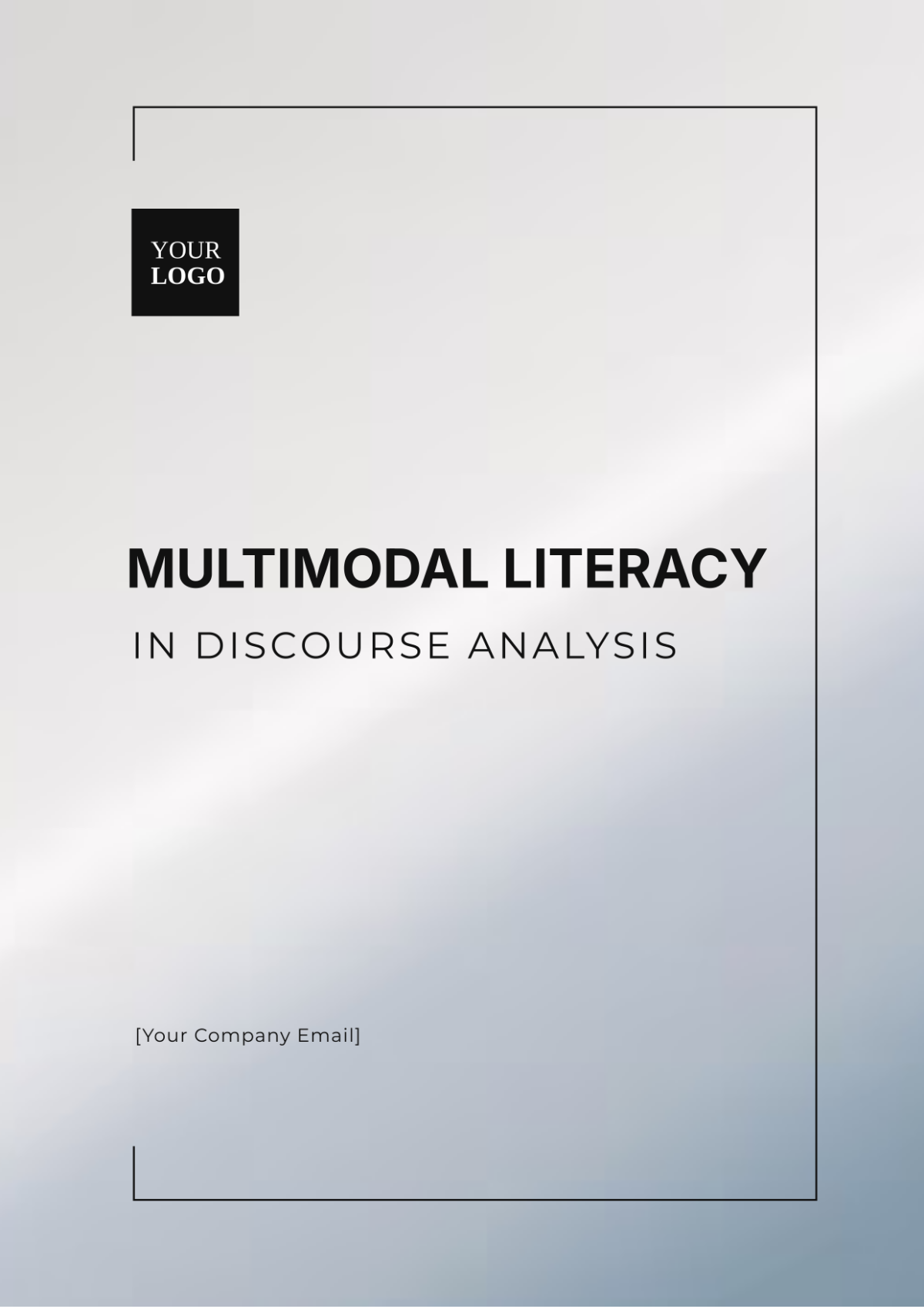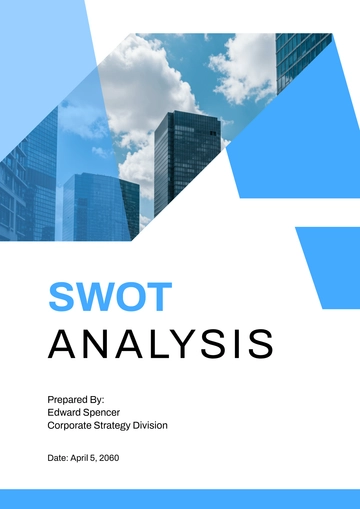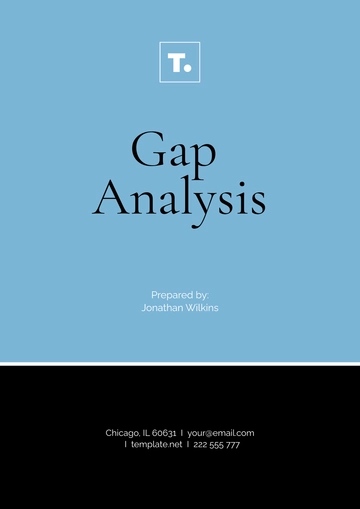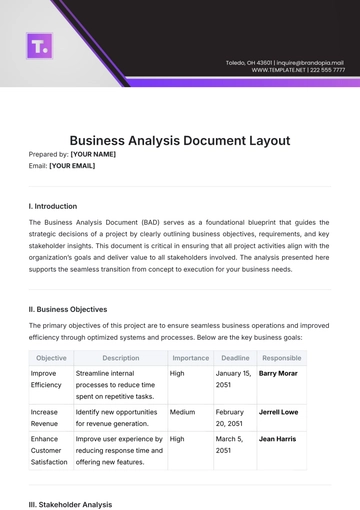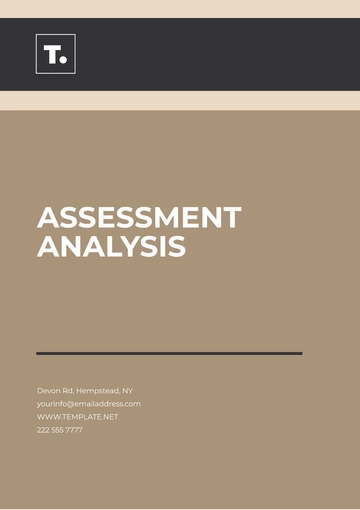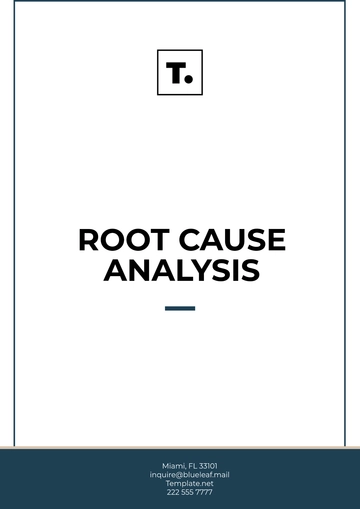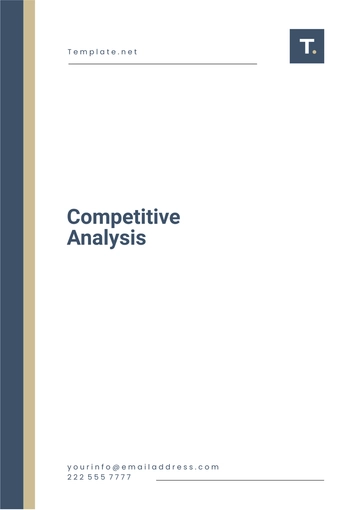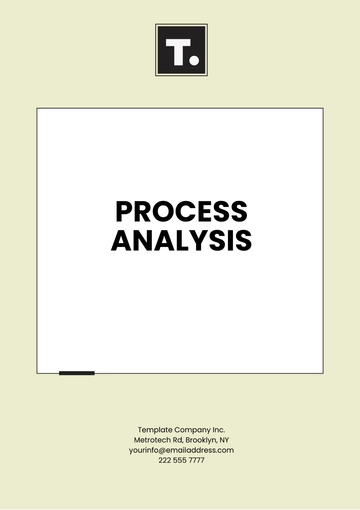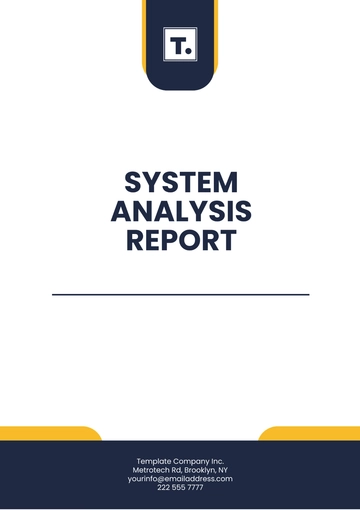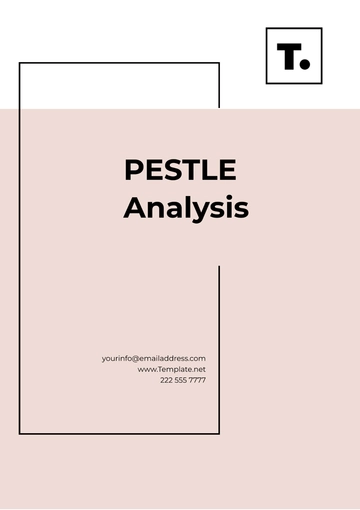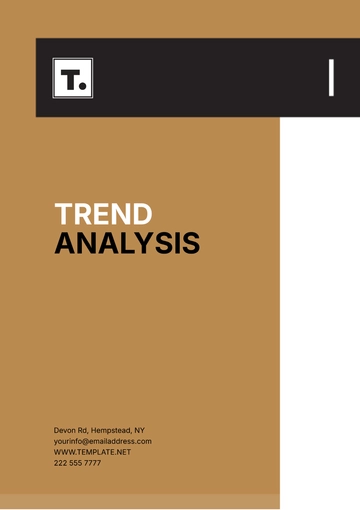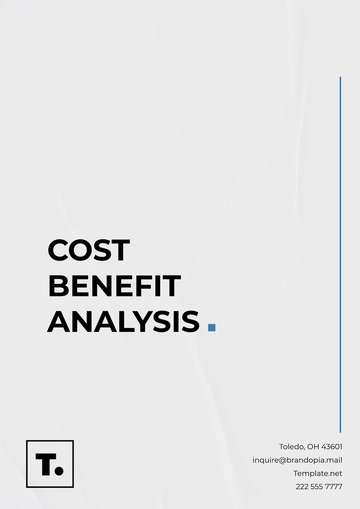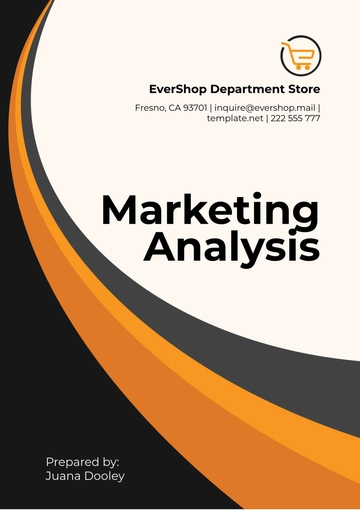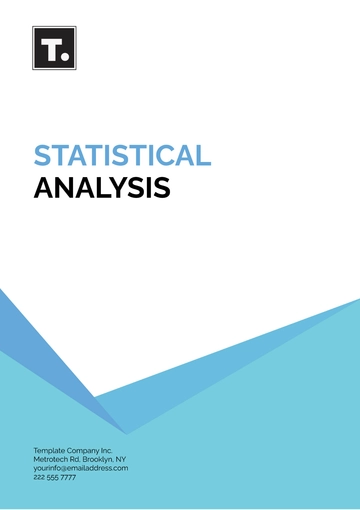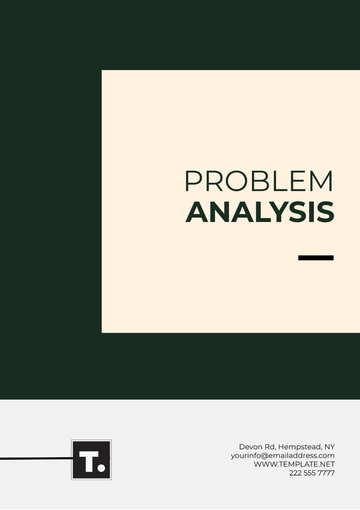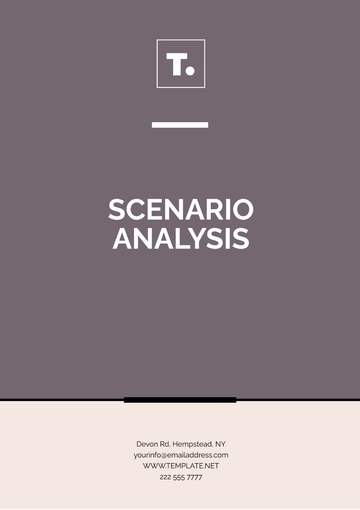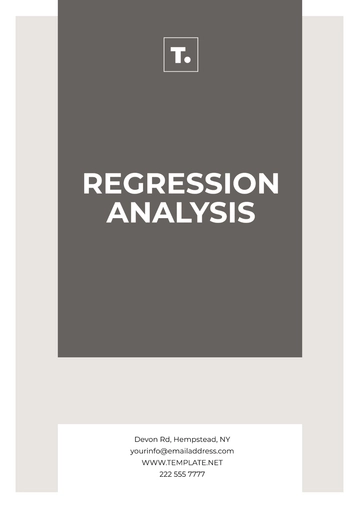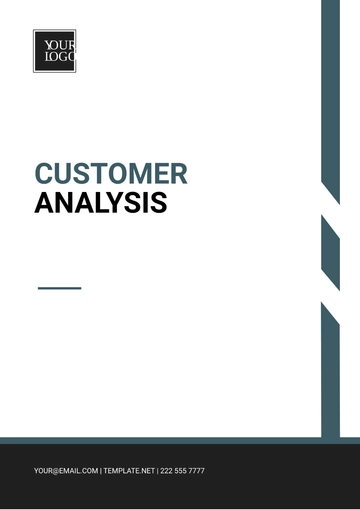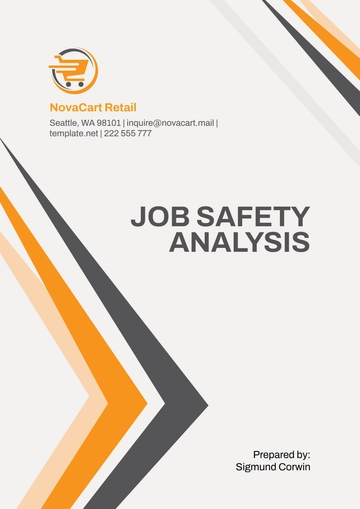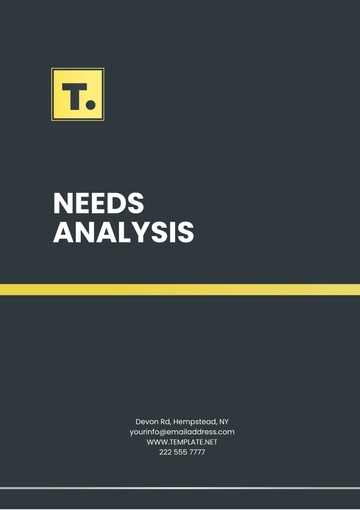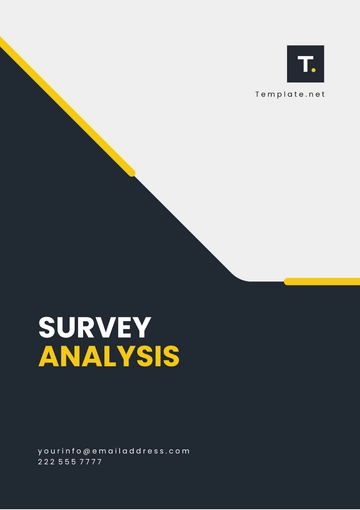Multimodal Literacy in Discourse Analysis
Introduction
Purpose of Analysis:
The objective of this analysis is to explore how multimodal elements in an online educational video contribute to the communication of climate change information. The analysis aims to understand how text, visuals, and audio work together to enhance comprehension and engagement.
Description of Discourse:
The discourse being analyzed is a 10-minute educational video titled "Understanding Climate Change," produced by the organization "GreenFuture." The video is intended to educate viewers about the causes, effects, and solutions to climate change.
Modes of Communication:
Analysis of Textual Elements
Language and Tone:
The video uses clear, accessible language with a neutral tone, making complex scientific concepts understandable to a general audience. Phrases like "carbon footprint" and "global warming" are explained using simple definitions.
Structure and Layout:
The text is organized into sections with on-screen titles like "Causes of Climate Change," "Impacts," and "Solutions." Captions reinforce key points from the narration, and bullet points summarize important information.
Function of Text:
Analysis of Visual Elements
Images and Graphics:
Colors and Design:
Visual Function:
Analysis of Audio/Video Elements
Sound and Music:
The background music is a soft, instrumental track that creates a contemplative mood, supporting the educational tone of the video. Sound effects, such as the sound of ice cracking, emphasize the seriousness of climate change impacts.
Video Sequences:
Audio/Video Function:
The audio and video elements work together to reinforce the message of the narration. The background music and sound effects enhance emotional engagement, while the video sequences provide clear, visual representations of data and concepts.
Integration of Modes
Interplay of Modes:
The video effectively integrates text, visuals, and audio to create a cohesive educational experience. For example, while the narration explains the greenhouse effect, animations visually depict the process, and on-screen text highlights key terms.
Overall Meaning:
Audience Engagement:
The multimodal approach caters to different learning styles, enhancing engagement and retention. Visual learners benefit from animations and photographs, auditory learners gain from the narration and music, and readers benefit from the on-screen text.
Audience and Context
Audience Analysis:
Contextual Factors:
Reception and Impact:
Conclusion
Summary of Findings:
The multimodal analysis reveals that the video effectively uses text, visuals, and audio to communicate complex information about climate change. Each mode supports and enhances the others, creating a well-rounded educational tool.
Implications:
Future Research:
References:
Analysis Templates @ Template.net
